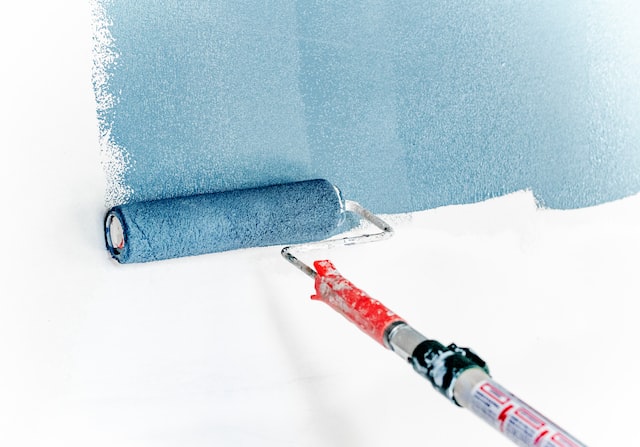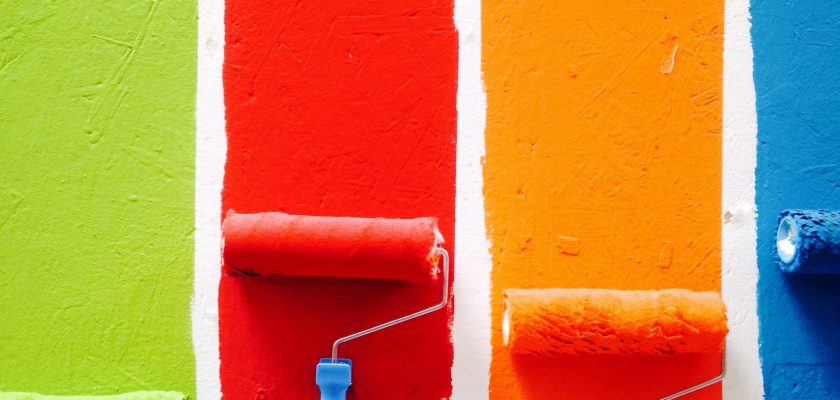When you’re deciding between water-based and oil-based paint for your home, it’s important to know how to tell the difference. Not only can you determine which one is more suitable for your specific needs, but you can also learn a few other important things about each type. Here are some of the differences:
Water-based vs oil-based
When choosing which paint to put on your walls you need to choose the right type. Water based paint is less toxic than its oil counterparts, and it’s easier to clean. However, the paint will not adhere to glossy finishes. To get the best result you will need to use a coat of primer first. Oil based paints can crack wood surfaces, and require you to use harsh chemicals to remove the old coating.
There are many reasons to opt for water based paints, but one of the most common is the lack of scratching and chipping. In addition, the moisture level of your home is unlikely to rise if you use oil based products, so you won’t have to worry about your paint job fading over time.

Photo by Taelynn Christopher on Unsplash
Thickness
When it comes to painting, knowing what kind of paint you have is very important. Knowing whether your paint is oil based, water based, or something in between will help you choose the right product.
Oil based paints are generally thicker than their water-based counterparts. Using a thick paint means that you will need to apply several coats to cover your surface. Thicker layers also take longer to dry. This can lead to a messy job and uneven finish. You may have to test your paint to find out for sure.
There are a few ways to test for oil based paint. One way is to test a sample. Putting a bit of acetone on a rag and rub it on the area of concern will provide an indication.
Odor
If you’re pregnant, it’s very important to choose paints that have no oil-based odor. The smell of oil paint can be very harmful to your health. In fact, intentional sniffing of the fumes can cause irreversible brain damage.
Fortunately, many house paints have come to market that have no odor. They use diatomaceous earth, which is an odor-absorbing material made from fossilized plankton. Diatomaceous earth can be purchased online or at hardware stores. While conventional diatomaceous earth can be toxic to pets, food-grade varieties are safe.
You can also add vanilla extract to your paints to make them odorless. This can be helpful to some people who are sensitive to odors. However, you should keep in mind that you still need to keep your surroundings ventilated.
Pre-painting details
Oil based paint is a bit hard to tell apart from the water based variety. It has a very unique touch, and the odor is also more pungent. So it’s no wonder that oil based paint is a bit tough to come by these days.
To test whether your wall paint is oil based, or if it’s water based, there are a few tests you can do. The most accurate test is the acetone test. You can simply rub a small section of your surface with a cotton ball soaked in acetone. If you notice that the paint starts to peel off, it’s probably not oil based.
One more helpful test is to sand your wall with a fine grit sandpaper. This should eliminate any sheen and make your new coat of paint adhere better.

Photo by Theme Photos on Unsplash
Durability
Oil based paint is an excellent choice for painting wood surfaces. It is stain resistant and offers a smooth finish. However, oil based paint is more expensive. Also, it takes longer to dry than latex.
Oil based paint contains high volatile organic compounds (VOCs) that are harmful to the environment. They can also be highly flammable. In addition, they can have a pungent odor. The odour can be stronger when painted inside, especially if the windows are opened.
Although oil based paint is more durable than latex, it is more difficult to clean. To clean oil based paint, you need to use a solvent or thinner. Mineral spirits can be used but they are not as effective.
As an alternative, you can try water-based paints. Water-based paints are more flexible and resist damage better. These paints are also easier to work with.
